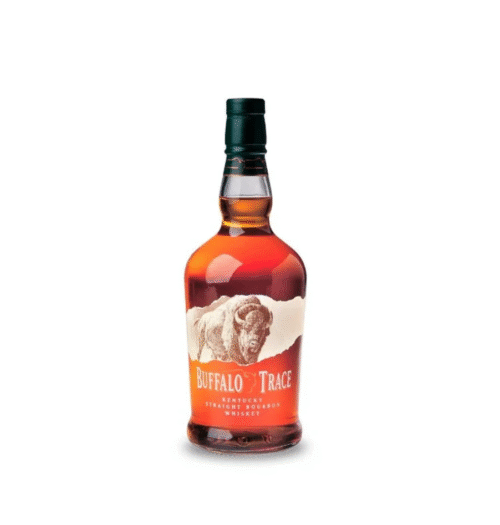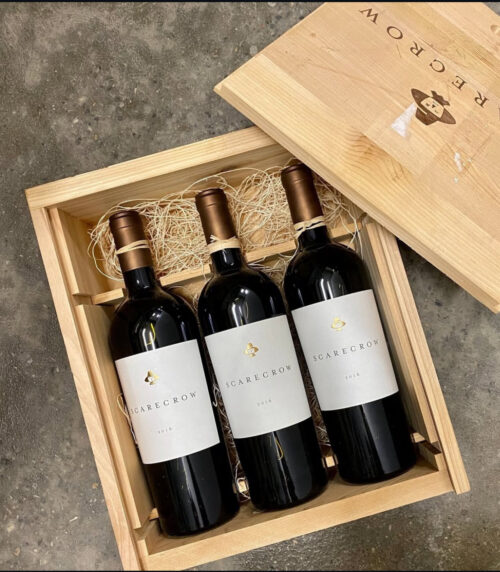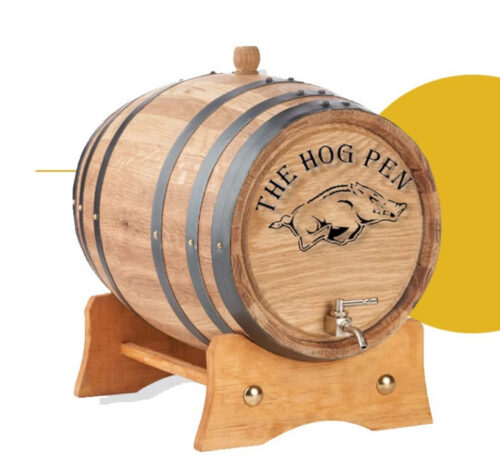Glenfiddich Single Malt Scotch: Pioneering Spirit of Speysid
Introduction
Glenfiddich, meaning “Valley of the Deer” in Gaelic, is not just a whisky—it’s a legend. As one of the world’s most recognizable single malts, Glenfiddich has shaped the global appreciation of Scotch through innovation, tradition, and unwavering quality. From its humble beginnings in Scotland’s Speyside region to its status as a household name, this article uncovers the story behind Glenfiddich, exploring its history, craftsmanship, iconic expressions, and cultural legacy. We’ll also answer the most pressing questions about this pioneering brand.

Historical Background of Glenfiddich Single Malt
Founding and Family Legacy
Founded in 1887 by William Grant, Glenfiddich Single Malt began as a labor of love. Grant, alongside his nine children and a single stone mason, built the distillery by hand in Dufftown, Speyside. Despite the dominance of blended Scotch at the time, Grant’s vision was clear: to create a single malt of unparalleled quality. Remarkably, the distillery remains family-owned today under William Grant & Sons, a rarity in an industry dominated by conglomerates. Glenfiddich Single Malt for sale.
Milestones and Innovations
-
1963: Defied convention by marketing single malt globally, sparking a resurgence in its popularity.
-
1969: Opened Scotland’s first distillery visitor center, pioneering whisky tourism.
-
1991: Introduced the Solera Vat process for its 15-Year-Old expression, inspired by sherry production.
Production Process: Tradition Meets Innovation
Ingredients and Water Source
-
Barley: While most modern distilleries outsource malted barley, Glenfiddich Single Malt retains traditional floor maltings for small batches.
-
Water: Sourced from the Robbie Dhu springs, known for its purity and mineral softness.
Distillation and Maturation
-
Stills: Utilizes uniquely shaped copper pot stills, hand-beaten to precise specifications, ensuring a light, fruity character.
-
Cask Strategy: A mix of American oak (ex-bourbon) and European oak (ex-sherry) casks. Limited editions experiment with rum, wine, and port casks.
The Solera System
Exclusive to the 15-Year-Old, this method blends whiskies in a large oak vat that’s never fully emptied, ensuring consistency and complexity.
The Glenfiddich Single Malt Range: From Core to Collectible
Core Expressions
-
Glenfiddich 12-Year-Old:
-
Profile: Fresh pear, apple, and subtle oak.
-
Maturation: Ex-bourbon and sherry casks.
-
-
Glenfiddich 15-Year-Old:
-
Profile: Honey, spice, and dried fruit, enhanced by the Solera Vat.
-
-
Glenfiddich 18-Year-Old:
-
Profile: Rich toffee, baked apple, and oak tannins.
-
-
Glenfiddich 21-Year-Old (Gran Reserva):
-
Profile: Tropical fruits, vanilla, and a rum cask finish.
-
Limited Editions and Experimental Series
-
Grand Cru: Finished in French cuvée casks, offering champagne-like effervescence.
-
IPA Experiment: The first whisky finished in India Pale Ale casks, bridging beer and whisky.
-
Time Reimagined Series: Ultra-rare releases like the 40-Year-Old, aged in bourbon and sherry casks.
Tasting Notes: A Journey Through Flavors
-
12-Year-Old: Crisp green apple, creamy vanilla, and a touch of oak.
-
15-Year-Old: Layers of sherry, cinnamon, and marzipan.
-
18-Year-Old: Velvety with dark chocolate, dried fruit, and toasted almonds.
-
21-Year-Old: Luxurious mango, coconut, and a warm, spicy finish.
Cultural Impact and Sustainability
Global Influence
Glenfiddich transformed single malt from a niche product to a global phenomenon. Its campaigns, like the “World’s Most Experimental Bartender” competition, highlight its innovative spirit.
Sustainability Initiatives
-
Green Distillery: Uses biogas from whisky waste and aims for net-zero emissions by 2030.
-
Packaging: Recyclable materials and reduced plastic use.
In Popular Culture
Featured in films and a favorite among celebrities, Glenfiddich symbolizes sophistication. Its collaborations with artists and chefs underscore its cultural relevance.
People Also Ask: Common Questions Answered about Glenfiddich Single Malt
-
What does “Glenfiddich” mean?
Gaelic for “Valley of the Deer,” inspired by the River Fiddich. -
How is Glenfiddich different from Glenlivet?
Glenfiddich is fruitier; Glenlivet leans floral. Both are Speyside malts but use distinct water sources and still designs. -
Should I drink Glenfiddich neat or with water?
Neat to savor flavors, or with a splash of water to release aromas. -
Is Glenfiddich peated?
Typically unpeated, though limited editions like Fire & Cane have subtle smoke. -
What’s the best Glenfiddich for beginners?
The 12-Year-Old for its approachable, fruity profile. -
Who owns Glenfiddich?
William Grant & Sons, a family-owned company since 1887. -
Has Glenfiddich won awards?
Yes, including “World’s Best Single Malt” at the International Spirits Challenge. -
What’s the most expensive Glenfiddich?
The 50-Year-Old, priced over $30,000, released in 2021. -
Is Glenfiddich a good investment?
Limited editions like the 30-Year-Old appreciate, but drinkability is key. -
Does Glenfiddich use artificial coloring?
No—natural color from casks.
Conclusion
Glenfiddich Single Malt legacy is a tapestry woven from tradition, innovation, and an unyielding pursuit of excellence. From William Grant’s visionary craftsmanship to its modern-day experiments, the brand has redefined what Scotch can be. Whether enjoyed in a quiet moment or shared in celebration, Glenfiddich offers more than a drink—it offers a story. As malt master Brian Kinsman reflects, “Every drop is a tribute to those who dared to dream.” In a glass of Glenfiddich, one tastes history, artistry, and the wild spirit of Speyside itself.






Reviews
There are no reviews yet.